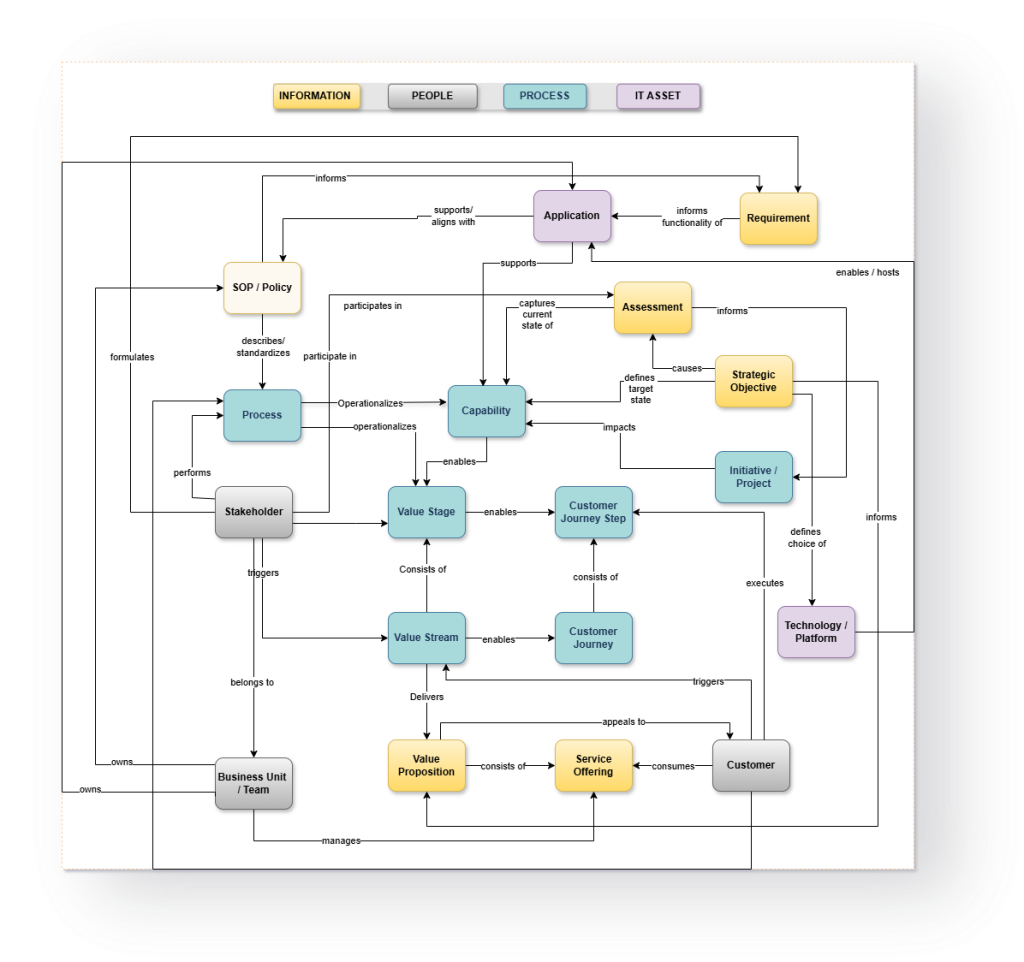Aligning Strategy with Execution
- Value Stream Management (VSM) Services bridge the gap between your strategic objectives and daily operations. By examining the flow of value across your processes, we help identify inefficiencies, eliminate waste, and streamline work to create more value for your customers and stakeholders. Our approach focuses on aligning all levels of the organization—from strategy to delivery—to improve operational efficiency, reduce costs, and drive innovation.


